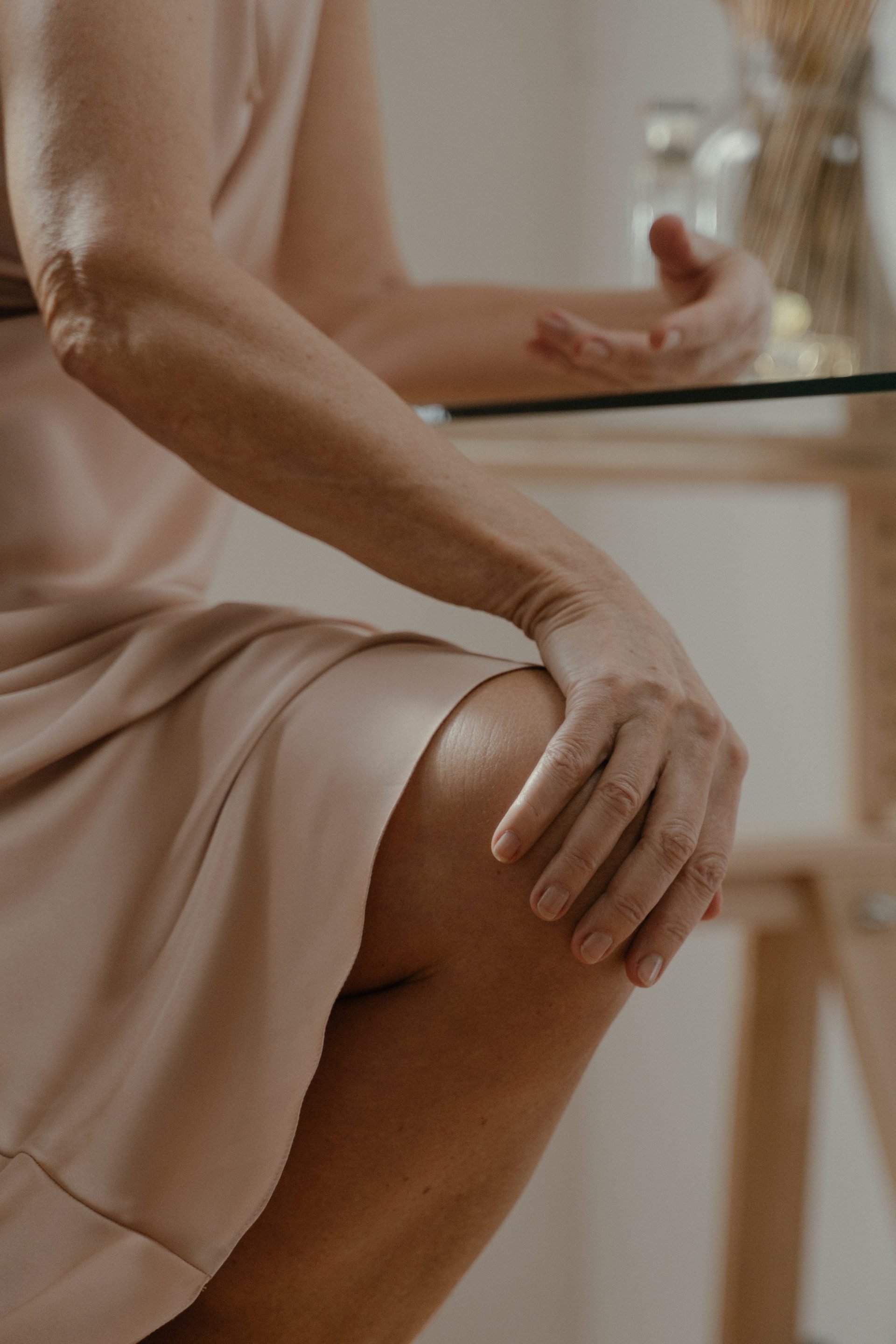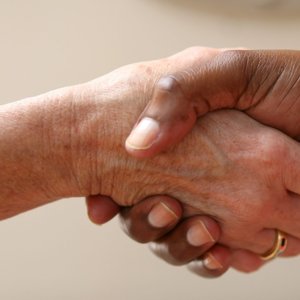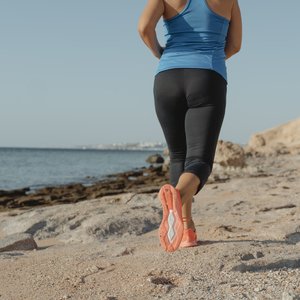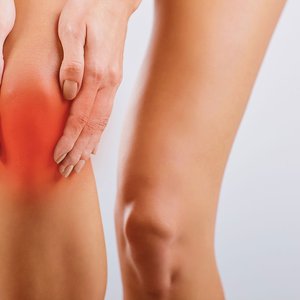Healthy Life
A brace after ACL surgery, stop or again ?
by Matthieu Van Reet

Anterior cruciate ligament (ACL) ruptures are among the most common musculoskeletal pathologies in athletes, adolescents, and the active population. ACL reconstruction (ACLR) is one of the top ten orthopedic surgical procedures performed worldwide every year. Braces are often used during postoperative rehabilitation, although their value remains controversial. They are designed to maintain the knee in full extension during the immediate preoperative phase. However, improper brace usage can also lead to secondary injuries and muscle atrophy, which can delay complete recovery.
There is conflicting evidence on the effectiveness of brace use after isolated ACLR (without meniscal involvement). Several studies have shown that brace use after isolated ACLR with a patellar tendon autograft provides no advantage.
Conversely, the effect of completely brace-free rehabilitation after isolated ACLR with a hamstring tendon autograft has not been demonstrated in previous clinical studies. Currently, there is no prospective randomized study that completely eliminates brace use in the early postoperative phase.
Therefore, a study was conducted comparing rehabilitation approaches with and without braces.
To assess this , the authors relied on the IKDC questionnaire, which is a subjective evaluation questionnaire where the patient can provide feedback on their symptoms, sports activity, and overall knee function.
The secondary objective was to study the isokinetic strength of different muscle groups as a possible measure to monitor rehabilitation effectiveness.
The authors of this study hypothesized that rehabilitation without braces was not inferior to rehabilitation with braces in terms of functional outcomes and quality of life.
SCIENTIFIC PROTOCOL:
This study followed a precise scientific protocol and was conducted in a trauma center in Germany.
Eligible patients were between 18 and 60 years old and underwent ligament reconstruction with a hamstring tendon graft performed by two experienced orthopedic surgeons.
Patients were then randomly assigned to either a rehabilitation group with a brace or without a brace during the postoperative phase.
RESULTS:
The study results showed that rehabilitation without a brace was equal to rehabilitation with a brace in terms of physical recovery one year after surgery. Patients in both groups exhibited comparable confidence in their operated knee after 6 and 12 months, whether they wore a brace or not.
Furthermore, there was no significant difference between the groups regarding muscle strength and knee laxity.
CLINICAL IMPLICATIONS:
These results suggest that the use of braces after isolated ACL surgery with a hamstring tendon graft may not be necessary for recovery. This could reduce treatment costs and simplify the rehabilitation protocol while allowing patients to regain equivalent confidence in their operated knee.
STUDY LIMITATIONS:
The study has limitations, including the fact that it did not include patients requiring meniscal reconstruction or other concurrent procedures, limiting its generalizability to all types of knee surgery.
The results were evaluated only up to 12 months after surgery, so it is unknown whether these findings are durable in the long term. Additionally, the rehabilitation protocol applied was not described and seemed to be based on time periods rather than patient progression, which contradicts current guidelines for ACL rehabilitation.
Conclusion:
In conclusion, this study suggests that rehabilitation without a brace after isolated ACL surgery with a hamstring tendon graft may be as effective as rehabilitation with a brace in terms of physical recovery and confidence in the operated knee. This raises questions about the need for systematic brace usage in treatments.
Since this study is groundbreaking in this area, further research is needed to completely rule out brace usage after ACL surgery, but you can discuss it with your doctor or physical therapist during your rehabilitation if you don’t tolerate or want to wear a brace. It appears that it would not delay your recovery.
Source:
“Brace-Free Rehabilitation after Isolated Anterior Cruciate Ligament Reconstruction with Hamstring Tendon Autograft Is Not Inferior to Brace-Based Rehabilitation-A Randomised Controlled Trial”
We care, U perform



